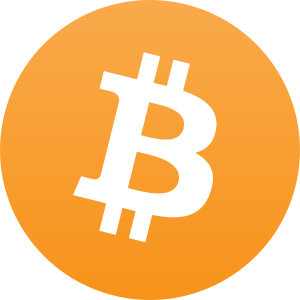
Paul Volcker, the acclaimed former chairman of the Federal Reserve, famously questioned the value of financial innovation. He said he saw the point of the automated teller machine (“more of a mechanical innovation than a financial one”), but that was about it. Financial innovation was an unproductive competition for excess profit and a cause of instability.
If Volcker is right, we’ll soon have another problem on our hands, because a new wave of financial innovation is forming. This one could sweep over traditional banking, traditional payments systems, even the traditional idea of money. You think exotic asset-backed securities were a big deal? That was nothing.
As Bloomberg Markets reports, the revolution in information and computer technology is pointing financial innovation in a new direction — at financial infrastructure and basic services rather than exotic new products. That’s what makes the “Internet of money” so far-reaching.
Finance has been digital for years. Instruments ranging from bank deposits to currency swaps to structured debt obligations have long been recorded and traded electronically. But money and payment systems, the underpinnings of all financial activity, are still traditional in one respect: They rely on central third parties — banks — to record and vouch for transactions.
Digital currencies dispense with this. They create a decentralized record — a “distributed ledger” — which allows buyers and sellers to interact directly.
Bitcoin, the best-known of these currencies, has commanded attention for the wrong reason — as a speculative asset. It’s tiny measured by users or transactions, and there’s no guarantee its use will spread. It has already suffered serious glitches and aroused the concerns of regulators. All this obscures the crucial point. Digital currencies have shown that the distributed ledger is feasible, and that’s a spear pointed at the heart of traditional banking.
The Rise of Bitcoin
The other core functions of a bank — borrowing and lending — are also coming under technological pressure. New startups are matching borrowers and lenders in online marketplaces. It’s the eBay approach to credit: Loans can be originated faster and at lower cost. Big data is being harnessed to make credit scoring cheaper and more accurate. Banks have been slow to seize this opportunity; the new technology is giving nimbler nonbank lenders a competitive edge.
Meanwhile, innovation in mobile payments is surging. In some cases, banks are still in the picture — services such as Google Wallet and Apple Pay link users’ phones to users’ bank accounts — but the potential threat to the incumbents is plain. In developing countries, mobile-money systems (pioneered by Kenya’s M-Pesa) provide banking services over mobile-phone networks. The technology can bypass traditional branch banking altogether.
It’s unsettling, especially for traditional banks, but the good news is that Volcker was wrong. Financial innovation has been a net plus. Any kind of innovation may have unintended consequences. In finance especially, risks must be carefully managed — and if they aren’t, the costs can be enormous, as the crash of 2008 proved. But the benefits of financial innovation have been enormous, too. Credit cards, debit cards, indexed mutual funds, venture capital, most financial derivatives and the simpler kinds of securitization have widened access to capital, improved its allocation across the economy and made the world more prosperous.
As the next wave of innovation rolls in, that’s likely to remain true. It would be wrong to stifle new ideas, even if that were possible. Attend to the risks, regulate prudently and see what the future holds.








